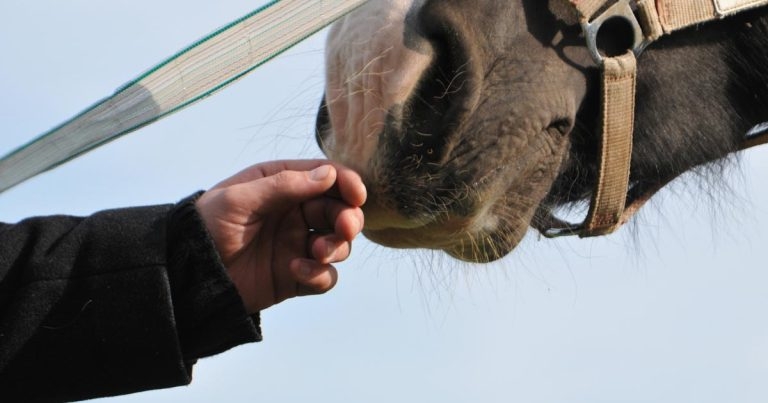27 May 2020
Coronavirus has led to many changes in veterinary practice – not least of all a procedure that COVID-19 has turned from something requiring compassion and warmth to a coldly clinical act performed from a distance.

Horse euthanasias are always highly emotive. IMAGE: fotoak80/Fotolia.
I’m not really sure what’s happening in practice at the moment, but it’s insanely busy.
Despite trying to justify the unbelievable increase in work, I can always think of a counter argument:
And then there’s the apparent surge in euthanasia…
In the veterinary world, the “Christmas clearout” is well known by first opinion practitioners, and seemingly we are now experiencing similar, which I am coining the “COVID clearout”.
Again, I’m not sure whether we are genuinely seeing more euthanasia as a practice, whether it’s just that there are fewer vets to spread them across, or that they seem to take up a higher proportion of the fewer appointment slots we currently have available, but it certainly feels so.
As with Christmas, there are a number of reasons this could be happening:
But, no matter how you try to reason with yourself, it doesn’t make the reality any less unpleasant.
Vets are trained professionals, and over the course of our careers, we will probably ease the passing of hundreds of animals. But that doesn’t mean we aren’t affected by it – especially now, when we cannot express the empathy we would like to from behind a mask at the end of a drip line.
I tend not to be a hugger to provide comfort, but will sometimes touch a hand or shoulder of a client I know well – which is a reflex I have had to fight over the past few weeks. Although I try to reassure clients with my words, as per the current social distancing rules, it just doesn’t seem enough.
A recent euthanasia I found especially tough under these circumstances was a horse. These are always highly emotive; made all the more shocking for the clients because the dramatic crashing to the ground is just unavoidable, despite my efforts to try to gently ease them down while avoiding getting squashed.
While I slowly walked around the horse and knelt to listen for an absent heartbeat, I could almost feel the client wanting to throw herself over him and yet restraining herself because I was still there, stethoscope in hand. I gave her plenty of space as soon as I was sure, but still felt desperately sorry that it had to be this way.
It saddens me that this is probably not going to be the last horse I euthanise while maintaining a social distance. However, while I know social distancing is likely to be the “new normal” for the foreseeable future, I don’t think performing euthanasias of any kind in this way will ever quite feel normal.